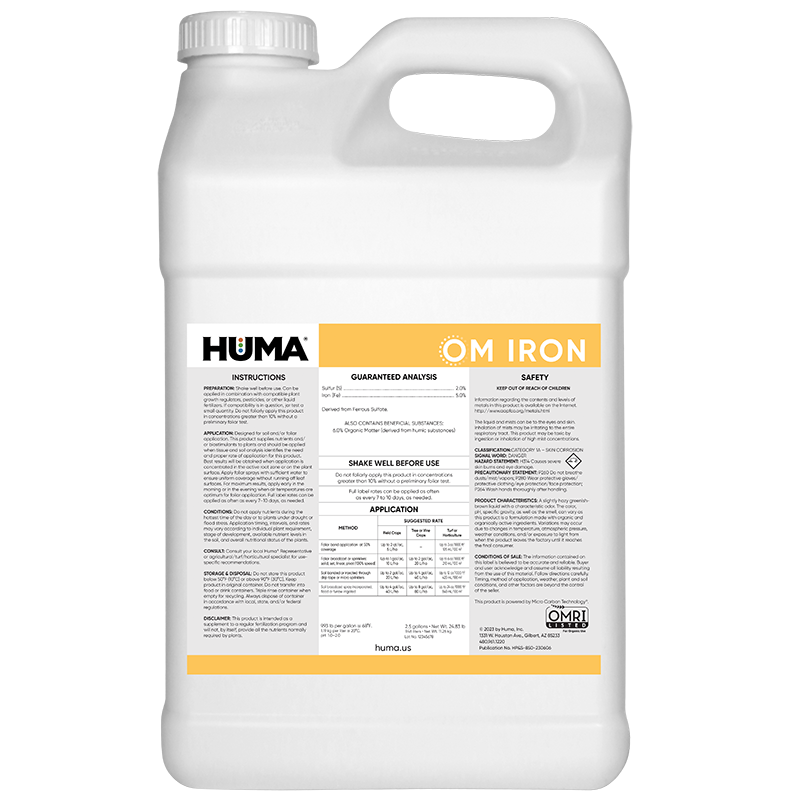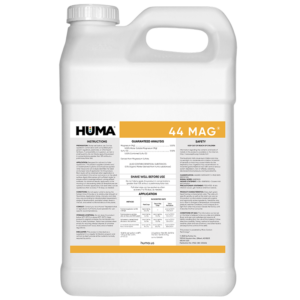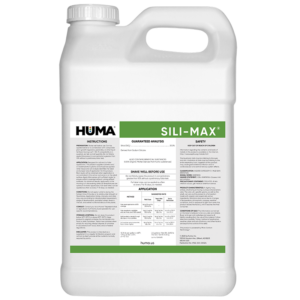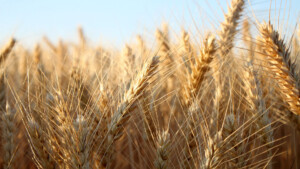OM IRON
Benefits of Use:
- Relieves chlorotic symptoms of iron-deficient plants
- Provides quick crop response and can be applied just prior to actual crop need
- Can be applied foliarly (according to label directions) without risk of phytotoxicity
- Can be effectively tank-mixed with other organic crop inputs
- Resists tie-up in the soil and remains available through the plant root system
- Iron is required by plants for the formation of chlorophyll
- Iron is a component of enzymes that activate other biochemical processes within plants such as respiration, symbiotic nitrogen fixation, and energy transfer
FAQs
Related Products
Related Case Studies
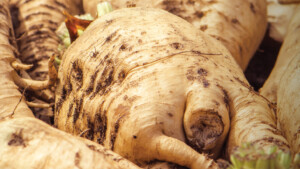
Recoverable Sugar of Sugar Beets Yield Increased Using Huma® Program, Year 2
Objective This field trial was conducted to observe effectiveness of additional preharvest applications of Huma® products on recoverable sugar of sugar beets and return on investment. Materials & Methods This trial on sugar beet (Beta vulgais vulg. altissima) was conducted in Homedale, Idaho. The crop was seeded on April 18 and was harvested on October

Huma® Program Increases Strawberry Yields 14%, With an ROI > $2,500/acre
Objective This field trial assessed the effects of Promax® and Zap® on top of fumigation—plus additional foliar applications of 4 Huma® fertilizer products—on the yield of Portola strawberries when compared with the grower’s standard crop nutrition program. Materials & Methods This trial was set up in a complete randomized-block design conducted during the growing season
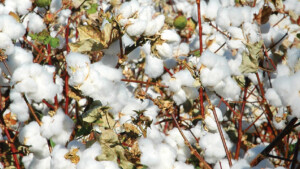
Huma® Breakout® Increases Cotton Production 15% for Johnson Farms
Objective A field trial was conducted to compare using the treatment product Furst™ alone versus using Huma® Breakout® + Furst™ on a Johnson Farms Inc. cotton crop in Glendale, Arizona. Materials & Methods A field of cotton was split into two sections. Section 1 (35.01 acres) was treated with 32 ounces (1 quart) of Furst™
Related Blog Posts

This Week in Ag #1
Curly fries, waffle fries, spicy fries or… regen fries? Soon, these may all be choices in the frozen foods aisle, at least if McCain Foods has a say in it. And as the world leader in prepared potato products, purchasing 6.8 million tons of spuds annually, McCain carries a strong voice. Their commitment to sustainability includes a pledge to have regen

Video: Earth Day, 2022
On April 22, let's celebrate by doing something good for Planet Earth. There are enormous environmental challenges ahead, but also great opportunities.

The Farm Bill That Rocked the 80s (and Beyond)
The 1985 Farm Bill wasn’t just another piece of legislation; it reshaped modern agriculture. Born out of the farm crisis, it introduced conservation programs, supply controls, and payment systems that still influence farming today. Forty years later, its legacy continues to spark debate.

